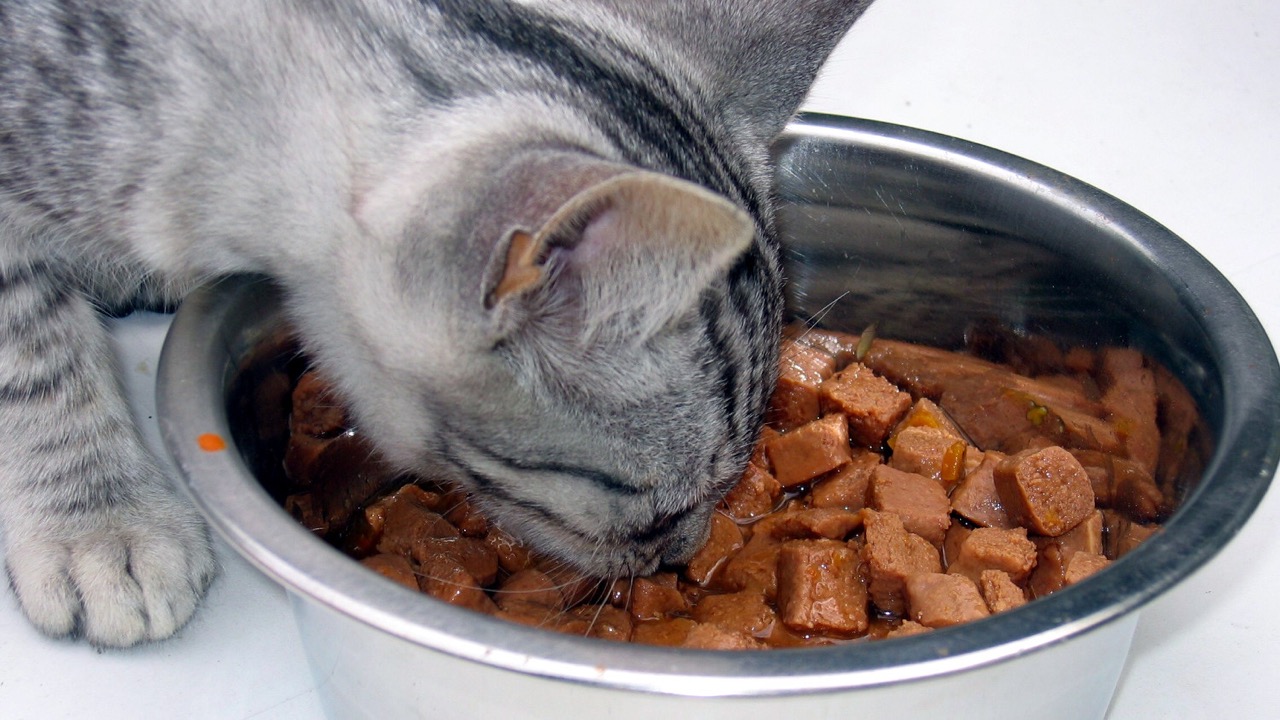

Articles
How To Store Leftover Wet Cat Food
Modified: January 6, 2024
Learn the best methods for storing leftover wet cat food with our informative articles. Keep your furry friend's food fresh and safe for future meals.
(Many of the links in this article redirect to a specific reviewed product. Your purchase of these products through affiliate links helps to generate commission for Storables.com, at no extra cost. Learn more)
Introduction
When it comes to feeding our feline friends, many cat owners opt for wet cat food due to its high moisture content and palatability. However, cats often do not finish their meals in one sitting, leaving us with the question of how to store leftover wet cat food properly. Storing wet cat food correctly is essential to maintain its freshness, nutritional value, and to prevent any bacterial growth that could harm your cat’s health.
In this article, we will explore the importance of storing leftover wet cat food, general guidelines for proper storage, tips for effective storage, and common mistakes to avoid. By following these recommendations, you can ensure that your cat’s leftover wet food remains safe to consume and retains its quality for future meals.
Key Takeaways:
- Properly storing leftover wet cat food is crucial for maintaining freshness, nutritional value, and preventing bacterial growth. Follow guidelines, tips, and avoid common mistakes to ensure your cat enjoys safe and appealing meals.
- By refrigerating promptly, using airtight containers, and following storage tips, you can optimize the quality and safety of leftover wet cat food. Avoiding common mistakes and checking for spoilage ensures your feline friend’s well-being and satisfaction.
Read more: How To Store Wet Cat Food
Why is it important to store wet cat food?
Properly storing leftover wet cat food is crucial for a number of reasons:
- Freshness: Wet cat food contains high levels of moisture, making it prone to spoilage if not stored correctly. By storing it properly, you can help maintain its freshness, taste, texture, and aroma, ensuring that your cat enjoys their meal every time.
- Nutritional Value: Wet cat food is formulated to provide your feline companion with essential nutrients. However, exposure to air and improper storage conditions can lead to nutrient loss over time. By following proper storage techniques, you can help preserve the nutritional value of the leftover wet cat food.
- Prevent Bacterial Growth: Wet cat food can quickly become a breeding ground for harmful bacteria if left out at room temperature for too long. Storing it in the appropriate manner can prevent bacterial growth, reducing the risk of foodborne illnesses and digestive issues for your cat.
- Cost-Effective: By properly storing leftover wet cat food, you can avoid wastage and save money. Instead of throwing away uneaten portions, you can safely store them for future meals, ensuring that you get the most out of each can or pouch.
- Convenience: Storing leftover wet cat food in a convenient and organized manner allows you to easily access it whenever your cat needs a meal. This saves you time and effort, making feeding your cat a hassle-free experience.
Now that we understand the importance of storing wet cat food correctly, let’s explore some general guidelines that will help you maintain its quality and safety.
General guidelines for storing leftover wet cat food
Follow these general guidelines to ensure the proper storage of leftover wet cat food:
- Refrigerate promptly: Once your cat has finished eating, refrigerate any leftover wet cat food immediately. Leaving it out at room temperature for extended periods can lead to bacterial growth and spoilage. Place the leftovers in an airtight container or cover the opened can with plastic wrap.
- Store in the refrigerator: The ideal temperature for storing wet cat food is between 32°F (0°C) and 38°F (3°C). Store the leftovers in the main compartment of your refrigerator, away from raw meats and other perishable foods to prevent cross-contamination.
- Use airtight containers: Transferring the leftovers to airtight containers helps maintain freshness and prevents odors from permeating your refrigerator. Make sure the containers are clean and dry before adding the food.
- Label and date: To keep track of the freshness of the leftover wet cat food, label the containers with the type of food, the date it was opened, and the expiration date. This will help you identify when it’s time to discard any leftovers.
- Rotate stock: When storing multiple cans or pouches of wet cat food, make sure to rotate them. Use older cans before opening newer ones to ensure you are using the oldest food first.
- Check for signs of spoilage: Before serving the leftover wet cat food, inspect it for any signs of spoilage. These include an off smell, mold growth, or an abnormal texture. If you notice any of these signs, it’s best to discard the food.
- Follow package instructions: Some wet cat food brands may include specific storage instructions on their packaging. Always read and follow these instructions for the best results.
By adhering to these general guidelines, you can ensure that your cat’s leftover wet food stays fresh, safe, and tasty for their next meal. However, there are also additional tips to optimize the storage process, which we will explore next.
Store leftover wet cat food in an airtight container in the refrigerator. Make sure to cover it with a lid to prevent it from drying out and to keep it fresh for your cat’s next meal.
Tips for storing leftover wet cat food effectively
In addition to following the general guidelines, these tips will help you store leftover wet cat food more effectively:
- Divide into smaller portions: If you open a large can or pouch of wet cat food, consider dividing it into smaller portions before storing. This way, you can take out only what your cat will eat in one sitting, reducing the risk of wasting leftovers.
- Freeze for longer storage: If you anticipate that the leftover wet cat food will not be consumed within a couple of days, consider freezing it. Portion the food into individual servings and place them in freezer-safe containers or ice cube trays. Thaw only what you need before feeding.
- Use freezer bags: Freezer bags are a convenient option for storing frozen portions of leftover wet cat food. Ensure they are labeled with the date and type of food.
- Rotate frozen stock: Similar to rotating stock in the refrigerator, make sure to use the oldest frozen portions of leftover wet cat food first. This helps maintain freshness and prevents freezer burn.
- Thaw safely: When thawing frozen portions, do so gradually to preserve the texture and quality. Place the portion in the refrigerator overnight or use the defrost setting on your microwave, making sure to mix it well before feeding.
- Do not refreeze once thawed: Avoid refreezing leftover wet cat food that has already been thawed. The texture and quality may deteriorate further, compromising its taste and nutritional value.
- Maintain a clean feeding area: Ensure that the area where you feed your cat and store their food is clean and free of pests. This prevents contamination and safeguards your cat’s health.
- Observe your cat’s preferences: If your cat consistently leaves behind uneaten wet cat food, consider adjusting their portion sizes or switching to smaller cans or pouches to minimize leftovers.
By applying these tips, you can optimize the storage of leftover wet cat food, ensuring that it remains safe, fresh, and appealing to your feline companion. However, it is important to be aware of common mistakes to avoid to maintain the quality of the food, as we will discuss next.
Common mistakes to avoid when storing leftover wet cat food
To ensure the safety and quality of leftover wet cat food, it is important to avoid these common mistakes:
- Leaving wet cat food out for too long: Leaving wet cat food at room temperature for extended periods can lead to bacterial growth and spoilage. Always refrigerate leftover wet cat food promptly after your cat has finished eating to minimize the risk of contamination.
- Using improper storage containers: Using containers that are not airtight can allow air and moisture to enter, leading to spoilage. Invest in proper airtight containers or use cling wrap to tightly cover open cans or pouches before placing them in the refrigerator.
- Storing in the wrong temperature: Wet cat food should be stored in the refrigerator, between 32°F (0°C) and 38°F (3°C). Storing it outside this temperature range can compromise its freshness and safety.
- Forgetting to label and date containers: Failing to label and date containers can lead to confusion regarding the freshness and expiration of the leftover wet cat food. Always label the containers with the date and type of food to ensure you can track its usage.
- Not rotating stock: Neglecting to rotate stock can result in older cans or pouches of wet cat food getting pushed to the back of the refrigerator and forgotten. Use the oldest food first to ensure freshness.
- Refreezing thawed wet cat food: Once wet cat food has been thawed, it should not be refrozen. Refreezing can cause texture and quality degradation, making it less appealing and nutritious for your cat.
- Ignoring signs of spoilage: It is essential to inspect the leftover wet cat food before serving it to your cat. If you notice any off smell, mold growth, or unusual texture, discard the food immediately to prevent your cat from consuming spoiled food.
- Storing wet cat food near strong odors: Wet cat food easily absorbs odors from the surrounding environment. Avoid storing it near strong-smelling foods or cleaning agents to prevent the transfer of unwanted odors.
By avoiding these common mistakes, you can ensure that your cat’s leftover wet food remains safe, fresh, and enjoyable for their next meal. As a responsible cat owner, it is important to pay attention to the proper storage and handling of wet cat food.
Read more: How To Store Cat Wet Food
Conclusion
Properly storing leftover wet cat food is essential for maintaining its freshness, nutritional value, and safety. By following the general guidelines discussed in this article, such as refrigerating promptly, using airtight containers, and rotating stock, you can ensure that your cat’s leftover wet food remains safe and appealing.
In addition, implementing the tips we provided, such as dividing into smaller portions, freezing for longer storage, and thawing safely, allows for efficient storage and minimizes any waste. Avoiding common mistakes like leaving wet cat food out for too long, using improper storage containers, and refreezing thawed food helps safeguard your cat’s health and enjoyment of their meals.
Remember to always check for signs of spoilage before serving the leftover wet cat food to your feline companion. Discard any food that exhibits an off smell, mold growth, or an abnormal texture.
By carefully storing and handling leftover wet cat food, you can ensure that your cat enjoys fresh and nutritious meals every time. This not only helps maintain your cat’s well-being but also saves you money by minimizing food waste.
As a responsible cat owner, prioritize the health and happiness of your feline friend by following the guidelines and tips provided in this article. Your efforts in storing leftover wet cat food properly will be rewarded with satisfied purrs and a contented cat!
Frequently Asked Questions about How To Store Leftover Wet Cat Food
Was this page helpful?
At Storables.com, we guarantee accurate and reliable information. Our content, validated by Expert Board Contributors, is crafted following stringent Editorial Policies. We're committed to providing you with well-researched, expert-backed insights for all your informational needs.
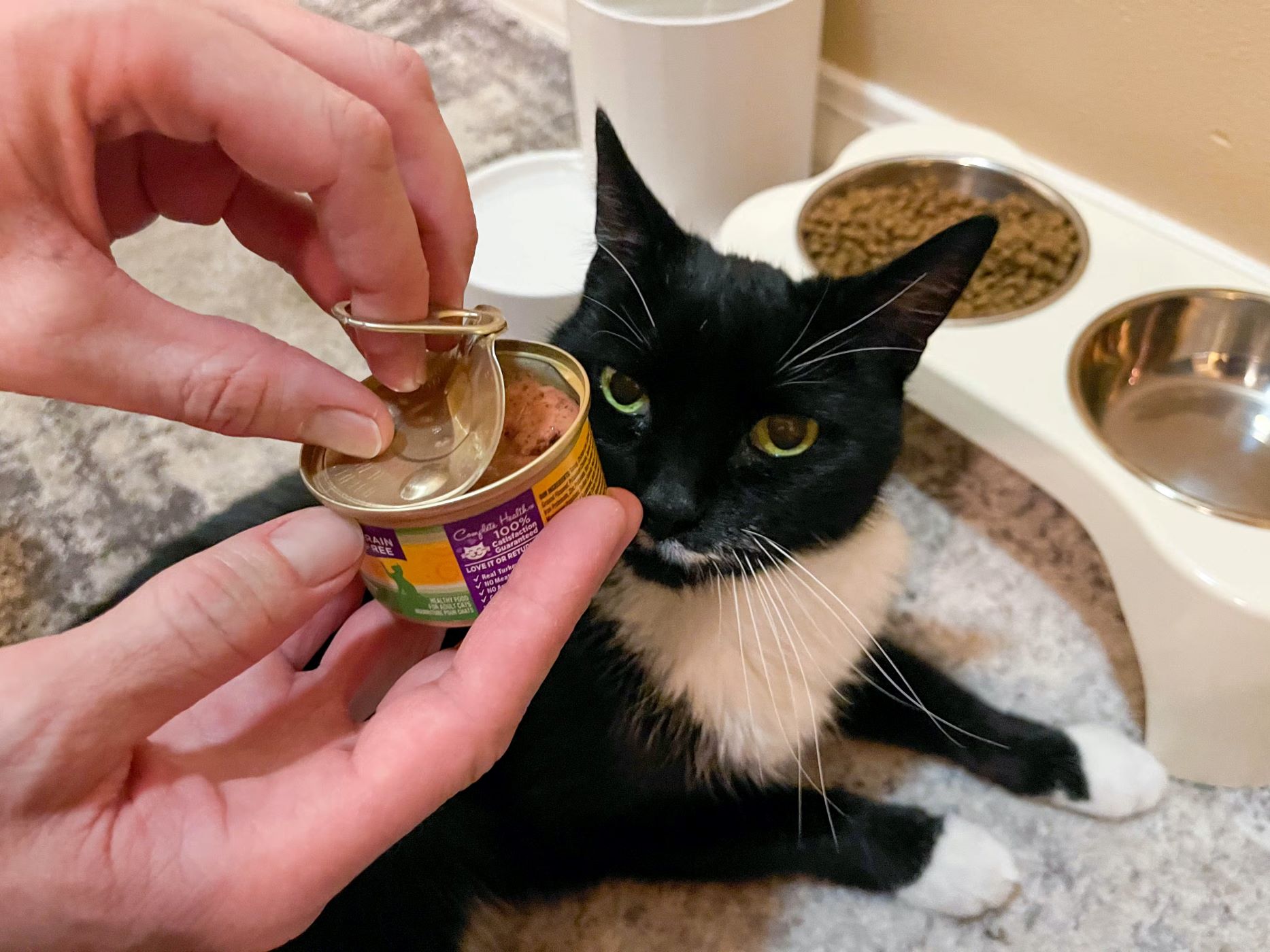
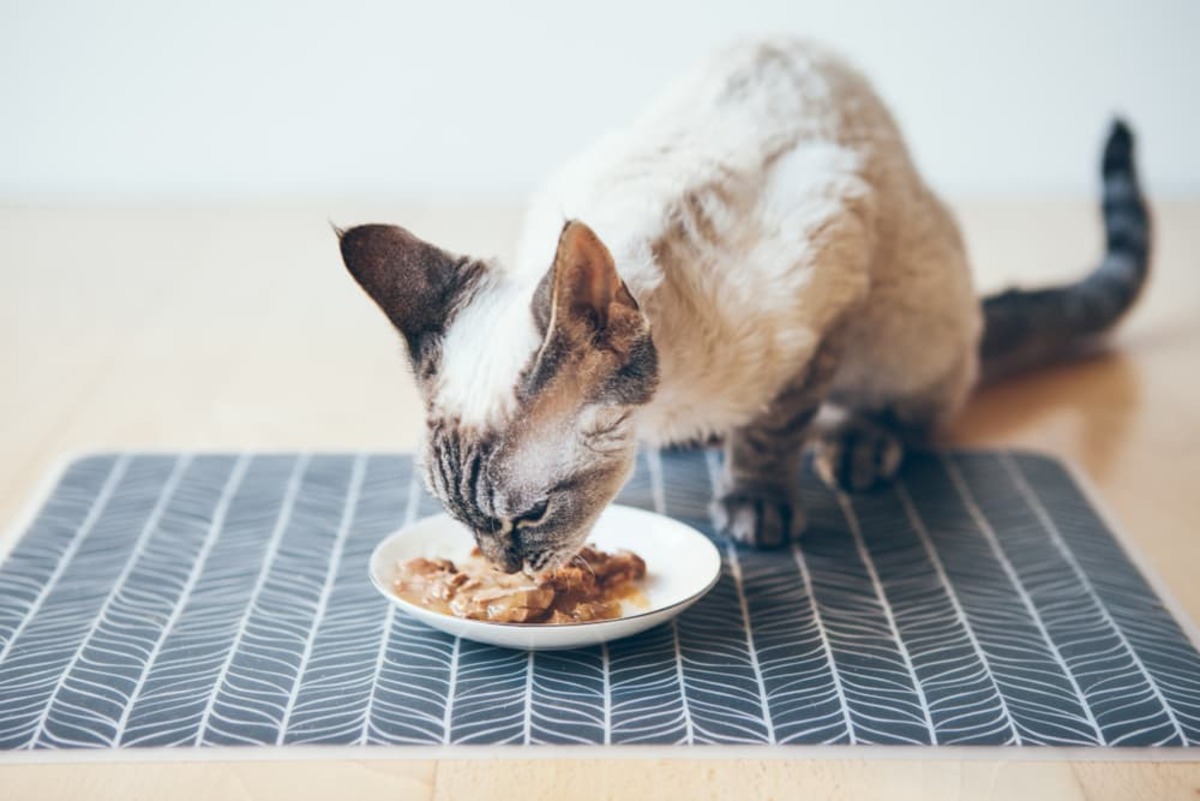


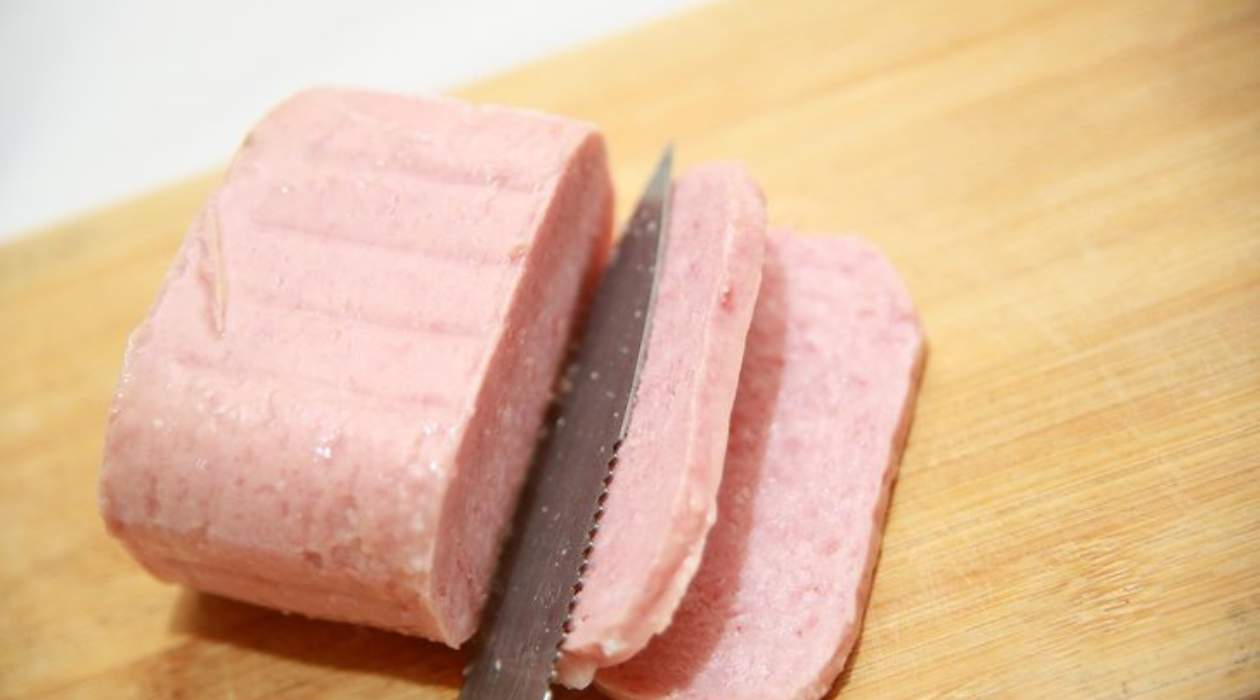
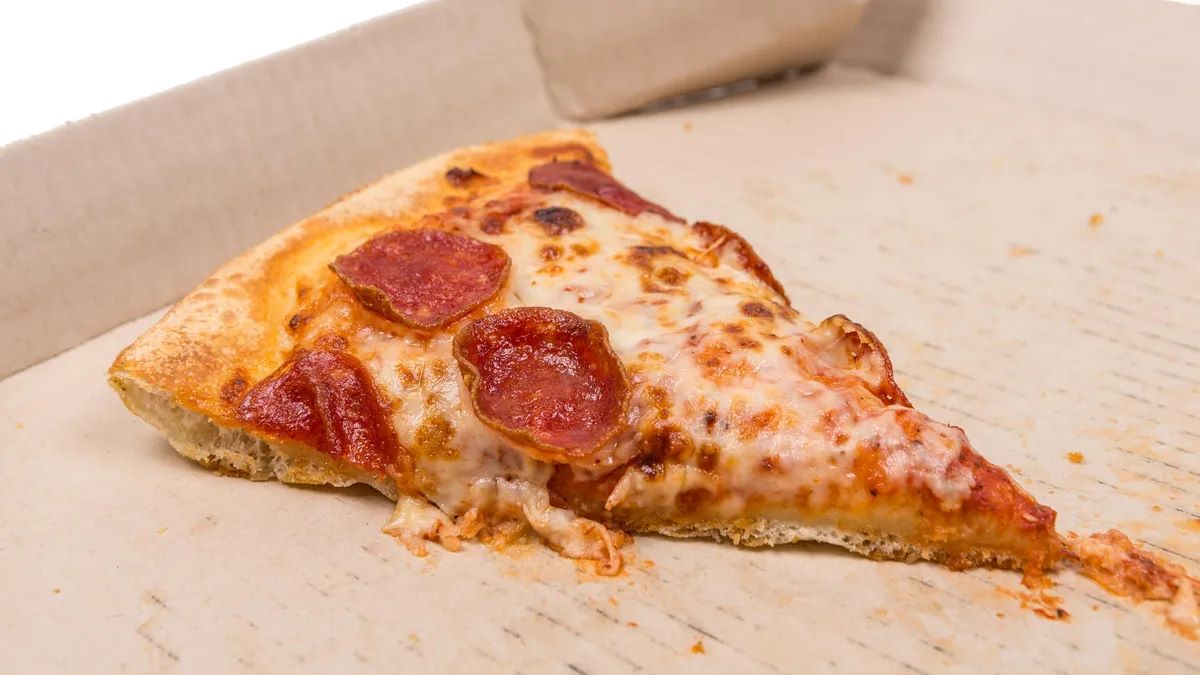
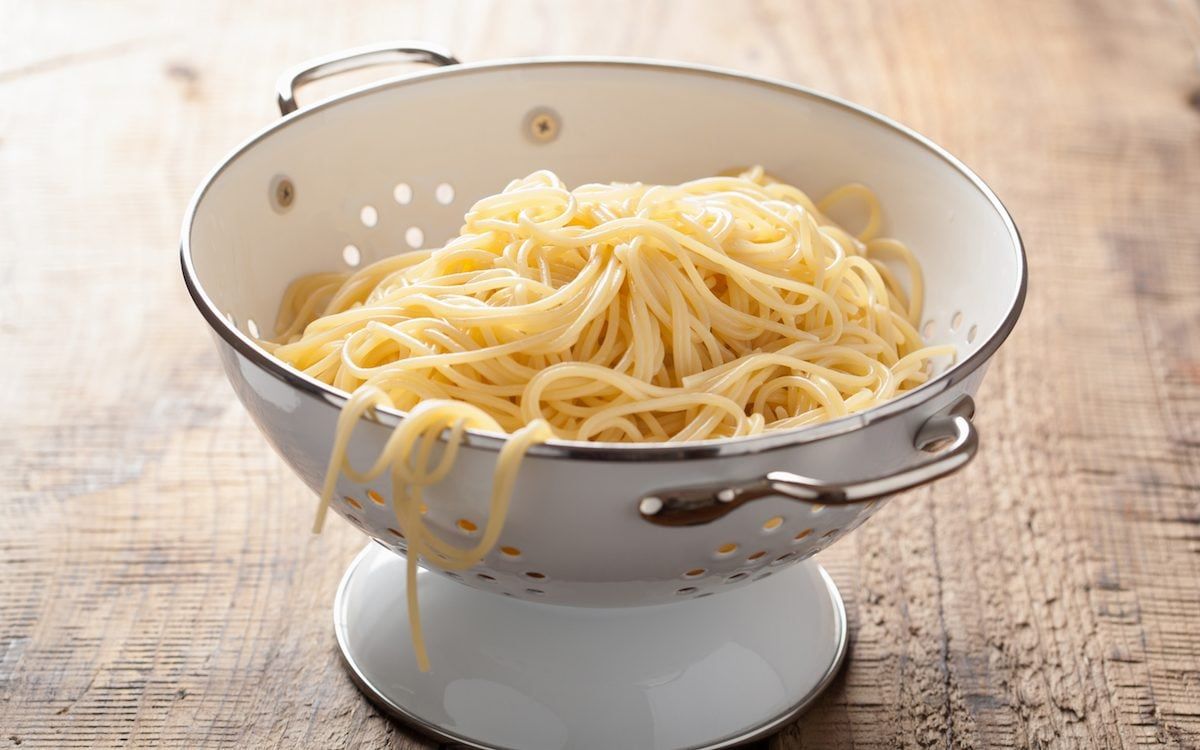
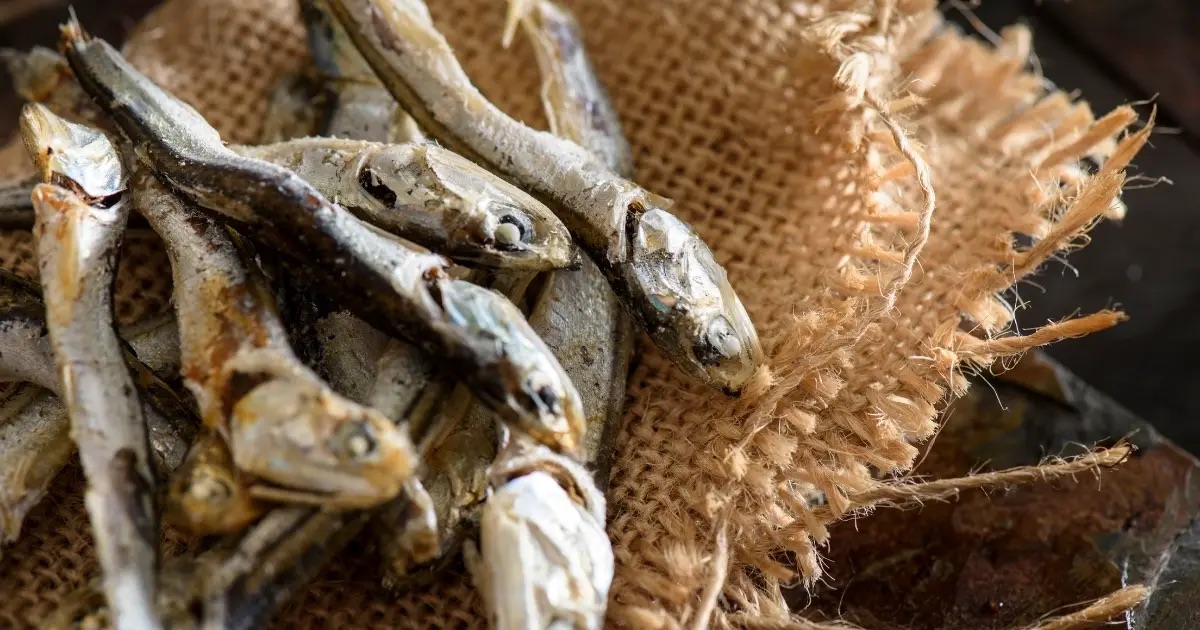
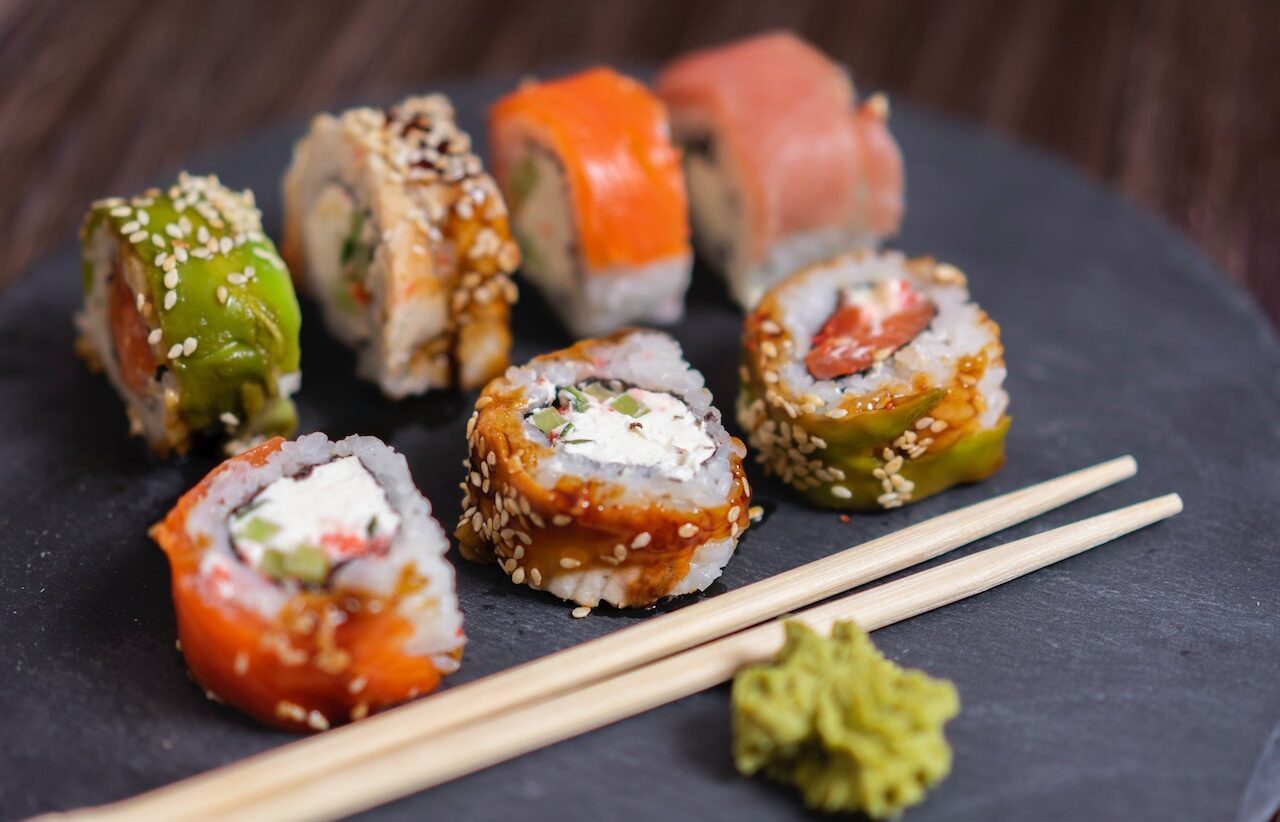
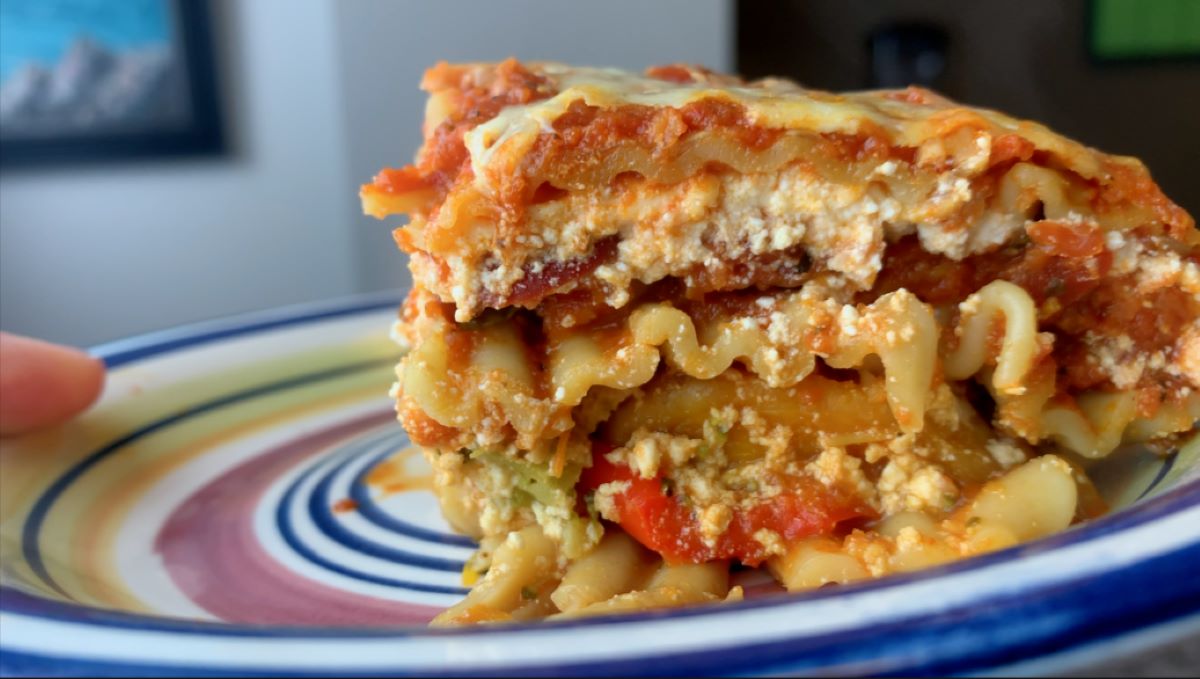
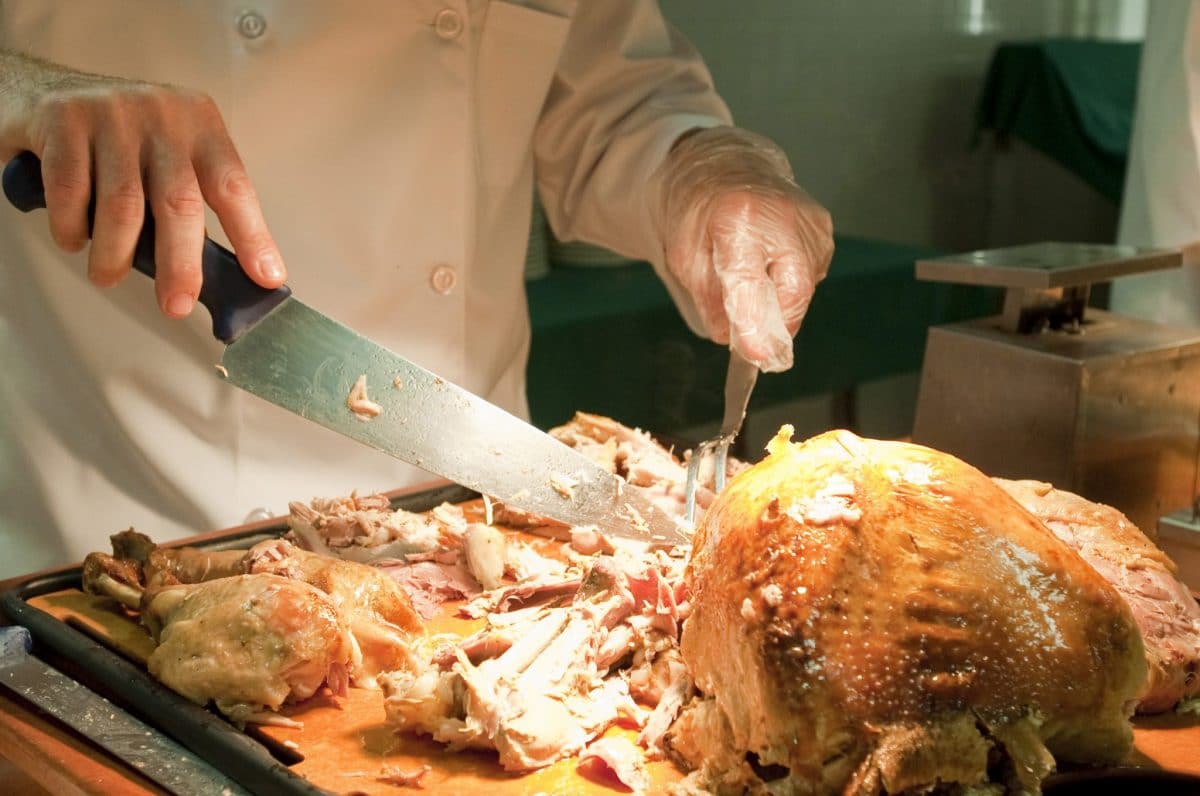
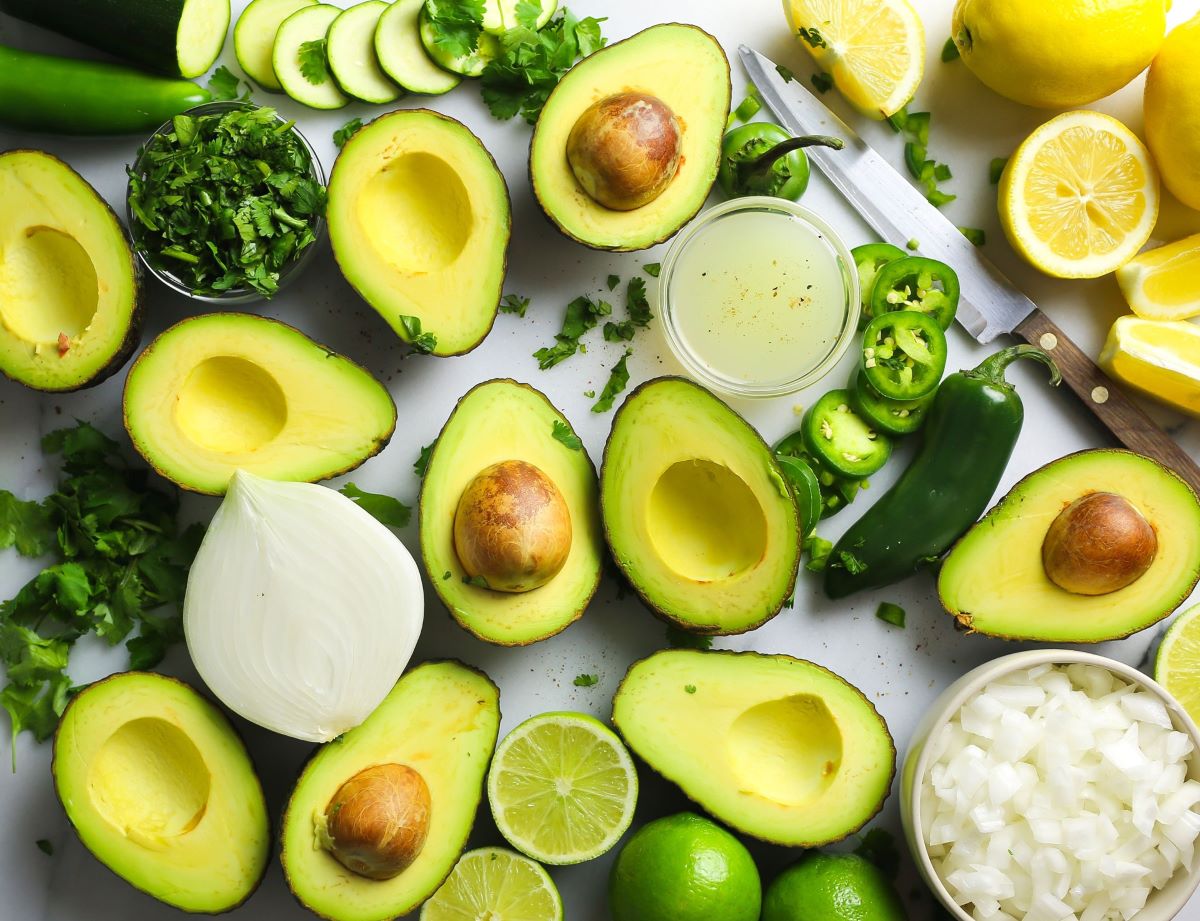
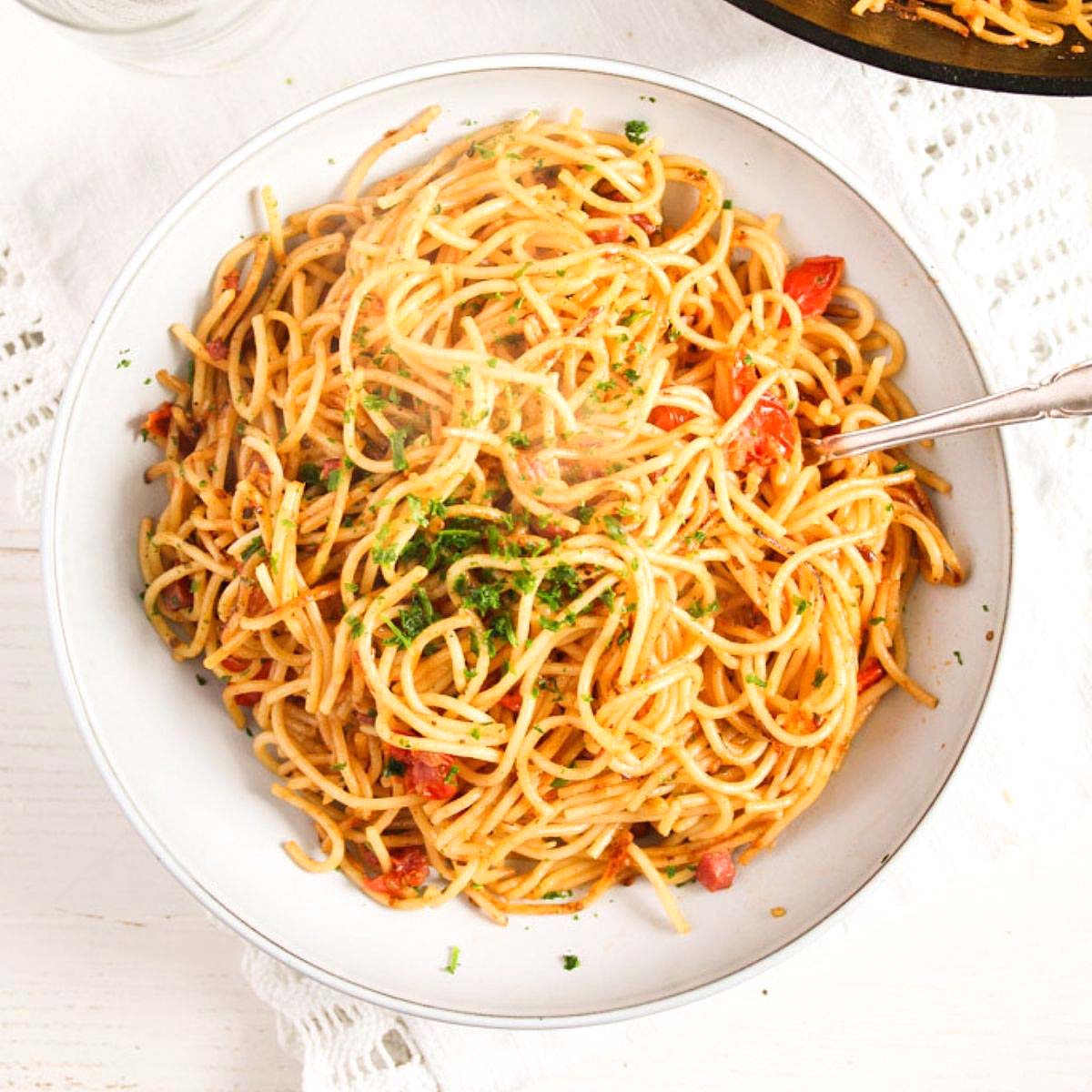
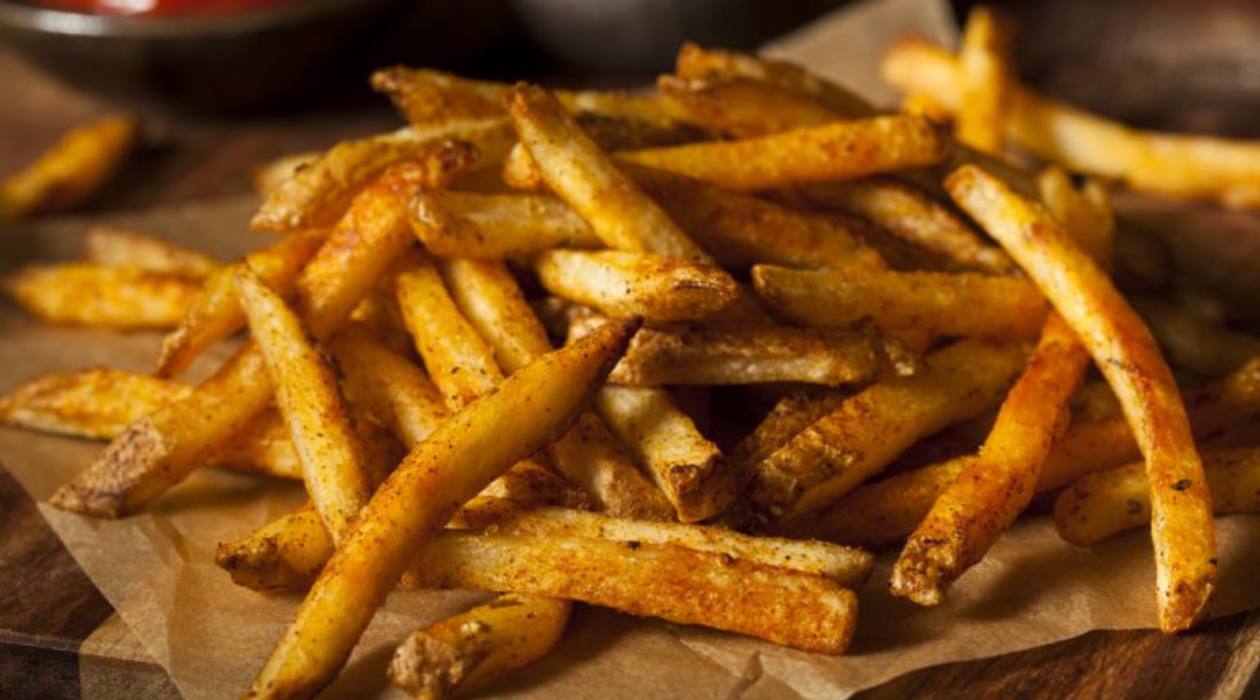

0 thoughts on “How To Store Leftover Wet Cat Food”